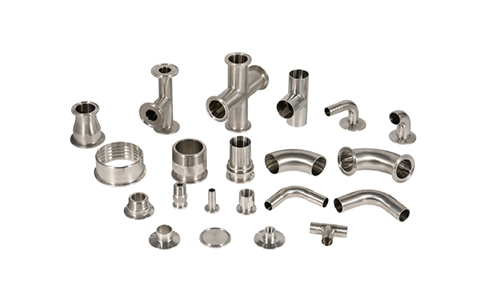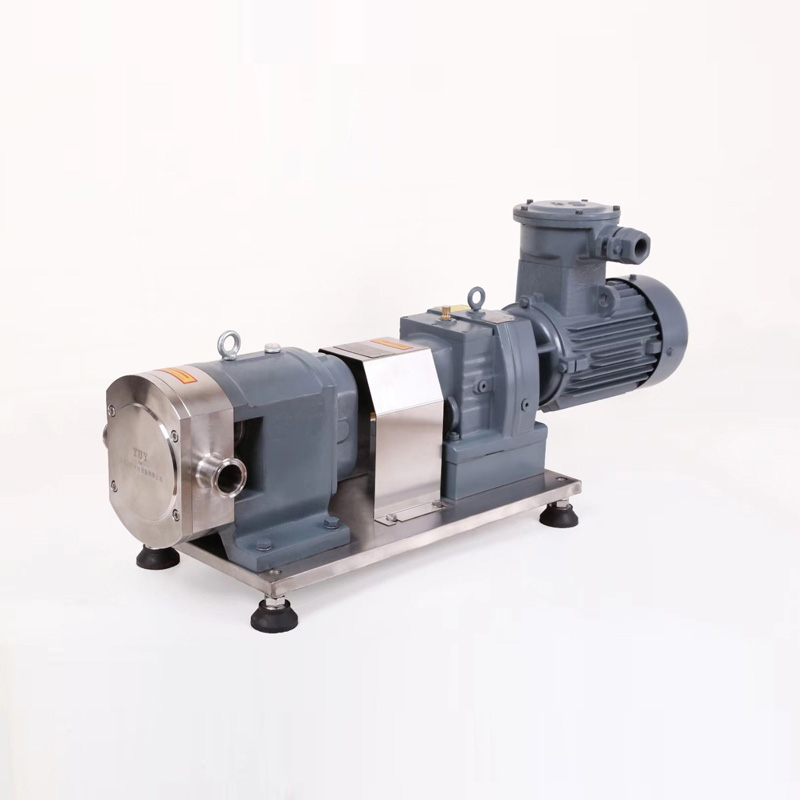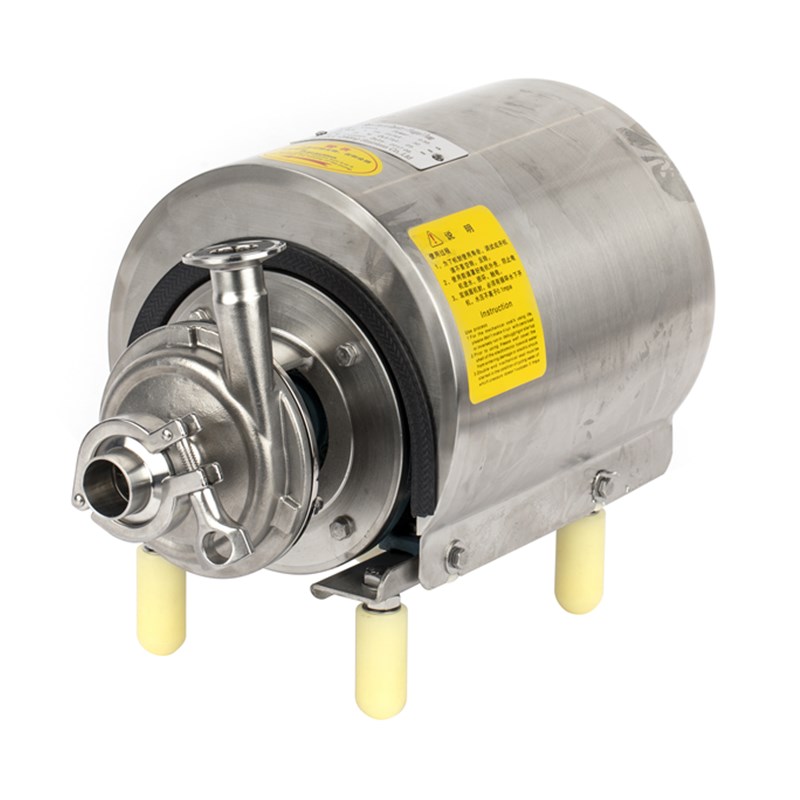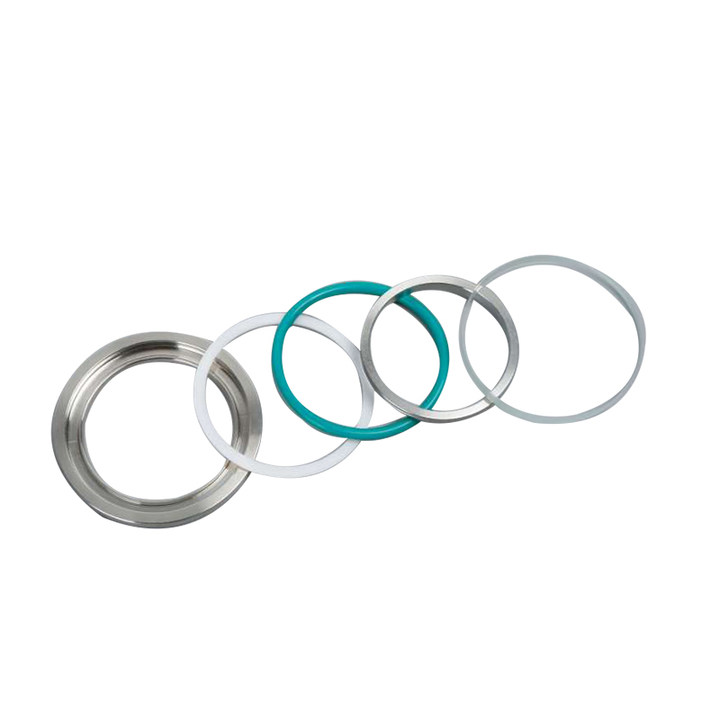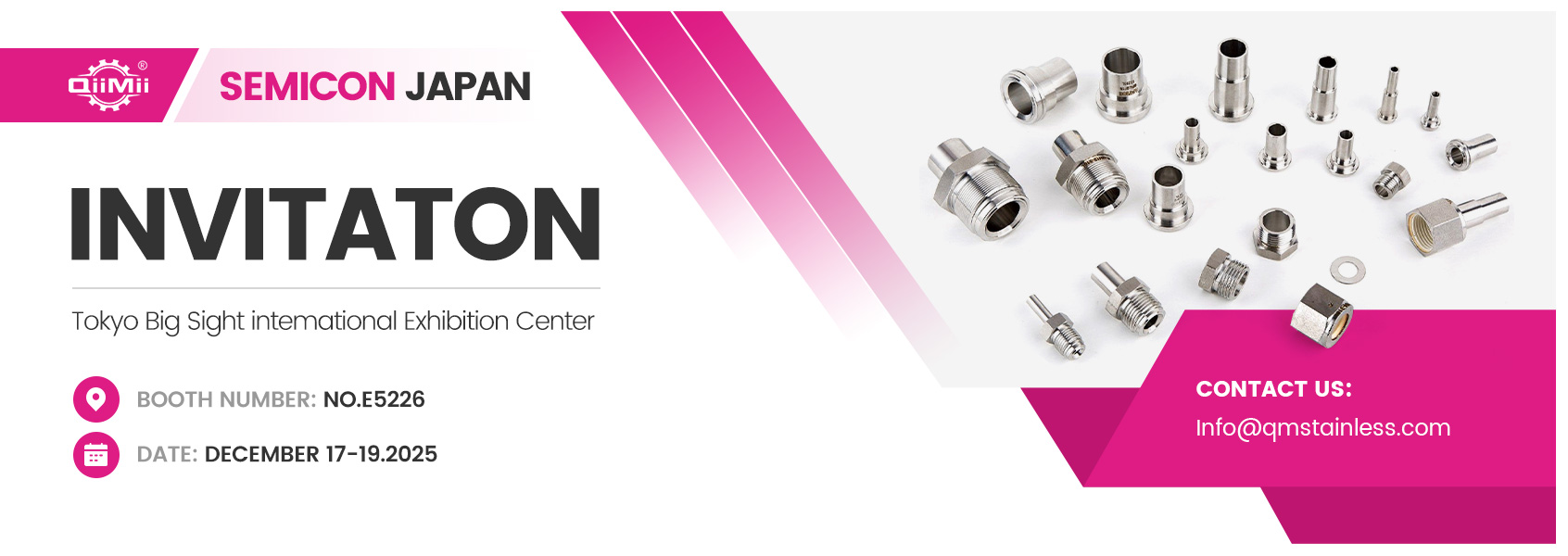What are Sanitary Fittings? A Guide to Hygiene and Connection

 by admin
by adminIn our daily lives, we use connectors and joints without a second thought—the pipe under our sink, the hose in our garden. But what about in industries where absolute cleanliness is not just a preference but a critical requirement? This is where specialized components, known as Sanitary Fittings, come into play.
This article will break down what sanitary fittings are, why they are so important, and where you’ll find them.
Defining Sanitary Fittings
Sanitary Fittings are specialized connectors designed to meet stringent hygienic standards in critical applications. Their primary function is to connect process lines while ensuring cleanliness, preventing contamination, and facilitating easy cleaning and maintenance.
Unlike standard industrial pipe fittings, sanitary fittings are not just about moving fluid from point A to point B. They are engineered with a core philosophy: to eliminate any possibility of product contamination by eliminating places where bacteria, microbes, or old product can accumulate.
Key Characteristics: What Makes a Fitting "Sanitary"?
So, how do sanitary fittings achieve this high level of cleanliness? They possess several distinct features:
1. Smooth, Polished Surfaces: The interior surface, known as the *product contact surface*, is highly polished to an ultra-smooth finish, often measured in Ra (Roughness Average). A lower Ra value means a smoother surface, leaving no microscopic grooves for bacteria to hide.
2. Lack of Crevices and Dead Spaces: Standard fittings have sharp corners and recesses where fluid can get trapped, stagnate, and become a breeding ground for contaminants. Sanitary fittings are designed to be "crevice-free," with seamless transitions that allow fluids and cleaning agents to flow completely through without any pockets for residue.
3. Easy to Disassemble and Clean: Systems built with sanitary fittings are not permanent. They are designed for frequent, easy, and quick disassembly for thorough cleaning and sterilization, either manually (Clean-Out-of-Place or COP) or in place (Clean-In-Place or CIP).
4. Durable, Corrosion-Resistant Materials: They are almost exclusively made from high-quality materials that can withstand harsh cleaning chemicals and high temperatures. The most common materials are:
- Stainless Steel 304 & 316L: 316L is preferred for its superior resistance to chlorides and corrosive chemicals.
- Electropolished Finish: This electrochemical process further enhances the smoothness and corrosion resistance of the stainless steel.
Common Types and Clamp Connections
You can often identify sanitary fittings by their unique connection system. While there are threaded and bevel-seat types, the most recognizable is the **Tri-Clamp** (or Tri-Clover) connection.
This system uses a two-part fitting, a gasket, and a clamp that tightens around them. It creates a secure, leak-proof, and perfectly aligned seal that is incredibly easy to disconnect for cleaning. Other common types include Butt-Weld fittings for permanent connections and Quick-Disconnect (QD) fittings.
Where Are Sanitary Fittings Used?
Any industry where purity, sterility, and contamination control are paramount relies on sanitary fittings. Key sectors include:
- Food and Beverage: Dairy processing, breweries, soft drink production, and baby food manufacturing.
- Pharmaceutical and Biotech: Production of medicines, vaccines, and injectable drugs where sterility is non-negotiable.
- Cosmetics and Personal Care: Manufacturing of creams, lotions, and other products where microbial growth must be prevented.
- Medical Devices: For equipment that must be sterilized and used in clean environments.
Conclusion: More Than Just a Connector
In summary, Sanitary Fitting are far more than simple pipe connectors. They are a critical engineering solution for maintaining hygiene and integrity in processes that directly impact human health and product quality. By prioritizing a smooth, cleanable, and crevice-free design, they form the backbone of the safe and reliable production systems we depend on every day. Their role is invisible to the end consumer, but it is fundamental to the safety of the products we consume and use.



